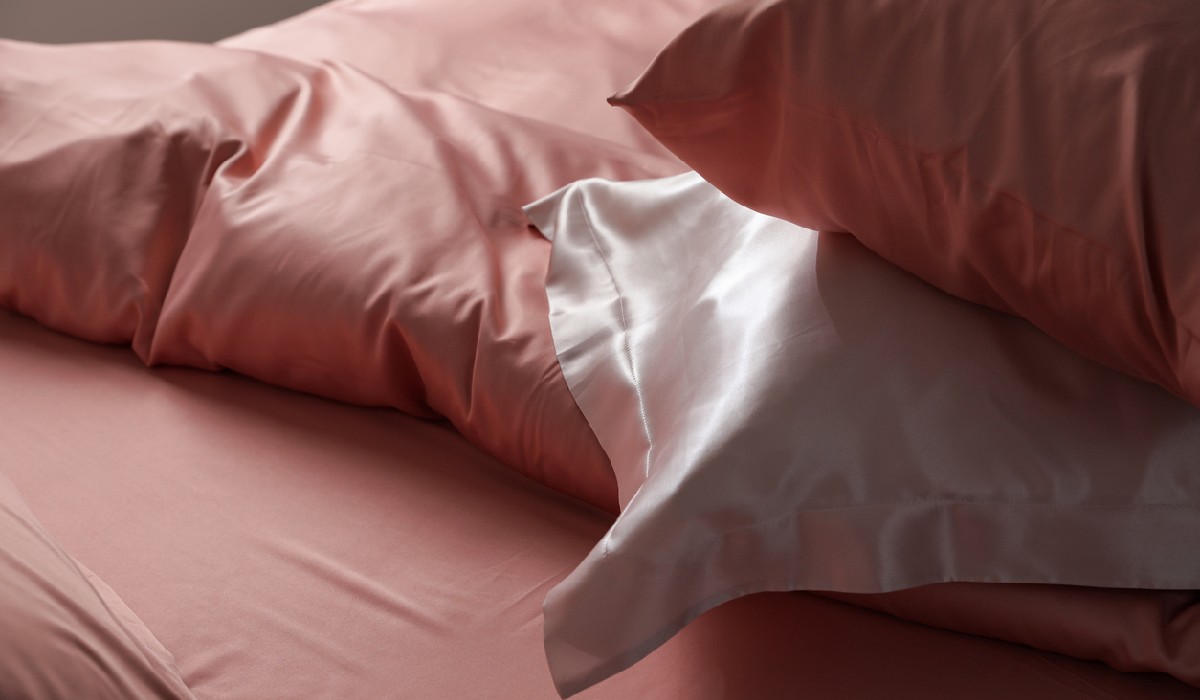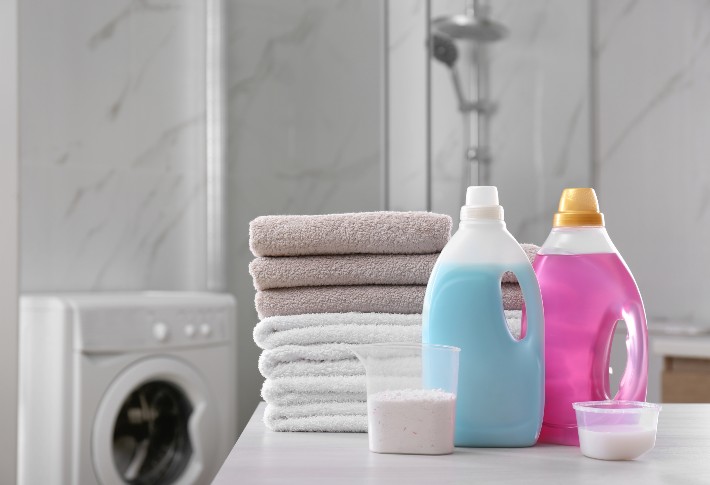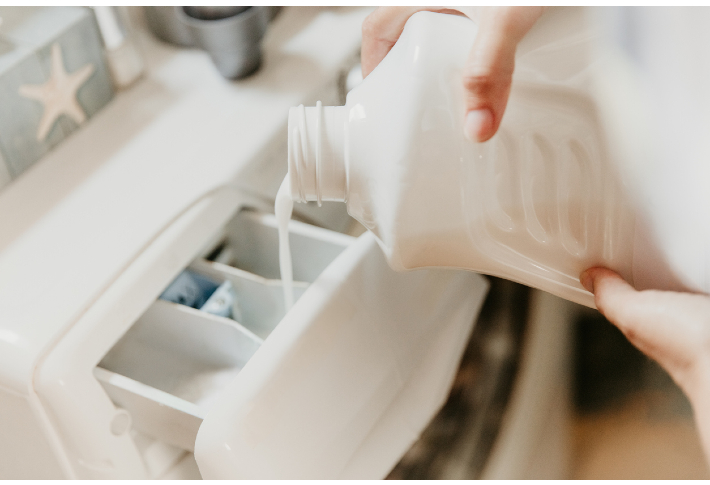Dos and Don’ts of Washing Silk Bedding

Silk is a luxurious fabric that adds an elegant touch to any home. Not only is it beautiful and timeless, but it’s also incredibly soft and comfortable. Like any other delicate fabric, caring for silk is a must if you want to maintain its beauty and softness.
In this comprehensive guide, we’ll help you understand the types of silk bedding and how to care for each. We’ll cover topics such as how to safely wash and dry your silk sheets and pillowcases, the best detergents and softeners to use, and some common mistakes to avoid. Armed with this knowledge, you’ll be confident in maintaining the quality of your silk bedding for years to come.
Silk has been valued for centuries as a luxury fabric due to its intricate weave and luxurious feel. Silk bedding, in particular, is among the most delicate fabrics that must be handled with care to achieve maximum longevity. To ensure that you’re taking proper care of your silk bedding, here are some dos and don’ts of washing silk bedding.
Types of Silk Bedding
Different Weaves and Weights
When it comes to silk bedding, there are different types of weaves and weights to consider. For example, charmeuse is the lightest weight weave available and has a soft, fluid feel, while taffeta is thicker and more durable. There are also additional variations, such as faux silk or Italian silk, which can affect the type of care required.
Differences in Quality
Another factor to consider when selecting silk bedding is the quality of the fabric itself. Different grades of silk will vary in durability, softness, and coloration, all of which should be taken into account before laundering.
Washing Silk Sheets
Hand Washing
Hand washing is generally considered the preferred method for laundering silk fabrics as it helps to preserve the delicate fibers of the fabric. It is also important to not use hot water when hand washing as this can cause damage to certain types of silk sheets. Instead, use only lukewarm water and an approved detergent designed specifically for silk fabrics.
Machine Washing
Machine washing must be done on a gentle cycle with cold water and a mild detergent specifically designed for materials like silk. It is important to note that certain types of silks should not be machine washed, such as double-weave silks or those with a low thread count.
Detergents and Soaps
For best results when laundering your silk sheets, use products that are typically made with fewer harsh chemicals than traditional detergents. You should avoid using fabric softeners since they can leave a residue on the fabric, which may attract dirt or dust over time if not properly washed away after each use.
Non-silk Detergents and Soaps
It is important to note that while non-silk-specific detergents and soaps can be used on your sheeting, it is strongly advised against due to potential discoloration or damage. These products may contain traces of bleach which can weaken or distort the fibers over time if used too often or left for prolonged periods on the fabric itself.
Drying and Ironing
Drying Silk Sheets
After laundering your sheets, it is important to dry them properly to avoid any shrinkage or damage caused by improper drying techniques. The best way to dry your sheets is by spreading them out flat over a clothesline where they will have adequate air circulation and direct sunlight. If you find it necessary to use a dryer instead, then make sure to use air only setting on low heat to minimize any potential damage done while drying your sheets properly.
Ironing Silk Sheets
If you find yourself having to iron any wrinkles out of your sheets, then make sure to set the iron on its lowest heat setting. Never directly place an iron over wrinkles, instead lightly mist the area with water before pressing down gently to help release stiffened creases. Once pressed and cooled off from heat, shake your sheets gently so that no wrinkles form while they are drying.
Long-term Care and Maintenance
Proper Storage
As with any other type of bedding, proper storage and care are essential for keeping your silk sheets looking new for many years. Make sure you’re storing your sheets away from potentially harmful sources, such as direct sunlight, which will cause fading over time. Always try to place your silk pillowcase overtop of both duvets and pillows before storing them away.
Sunlight
Where possible try avoiding hanging up wet silk sheets outside for extended periods. Instead, try drying indoors if possible, and, once dry, immediately remove the silk away from direct sunlight.
Conclusion
Silk is a luxurious fabric that requires special care if you want it to maintain its beauty and softness. When it comes to washing and caring for silk bedding, it is important to be aware of the different types, weaves, and weights of fabric, as well as the different detergents and treatments that should be used. Be careful when drying and storing them as well. With this knowledge in mind, you are now prepared to take proper care of your silk bedding for years to come.



